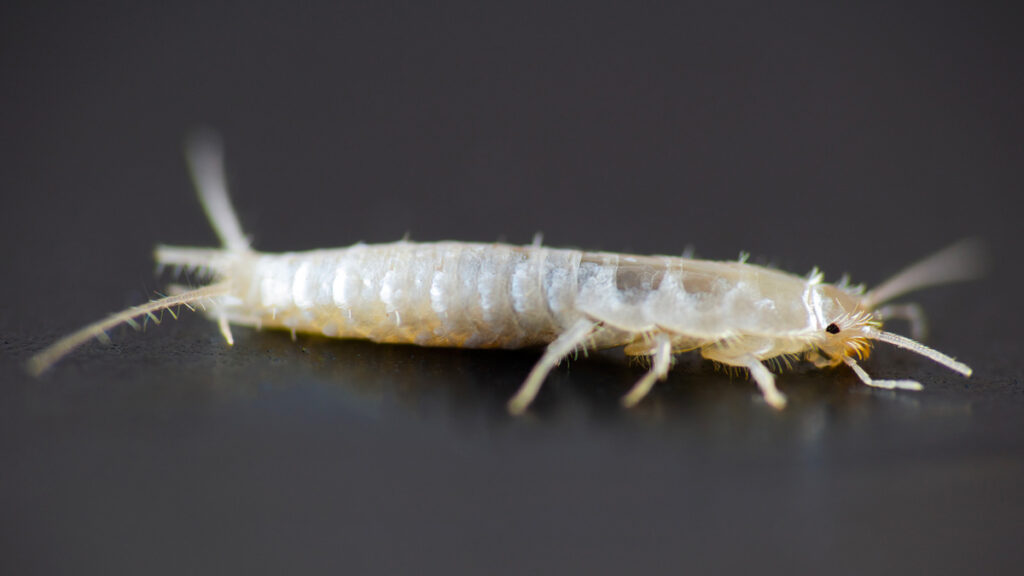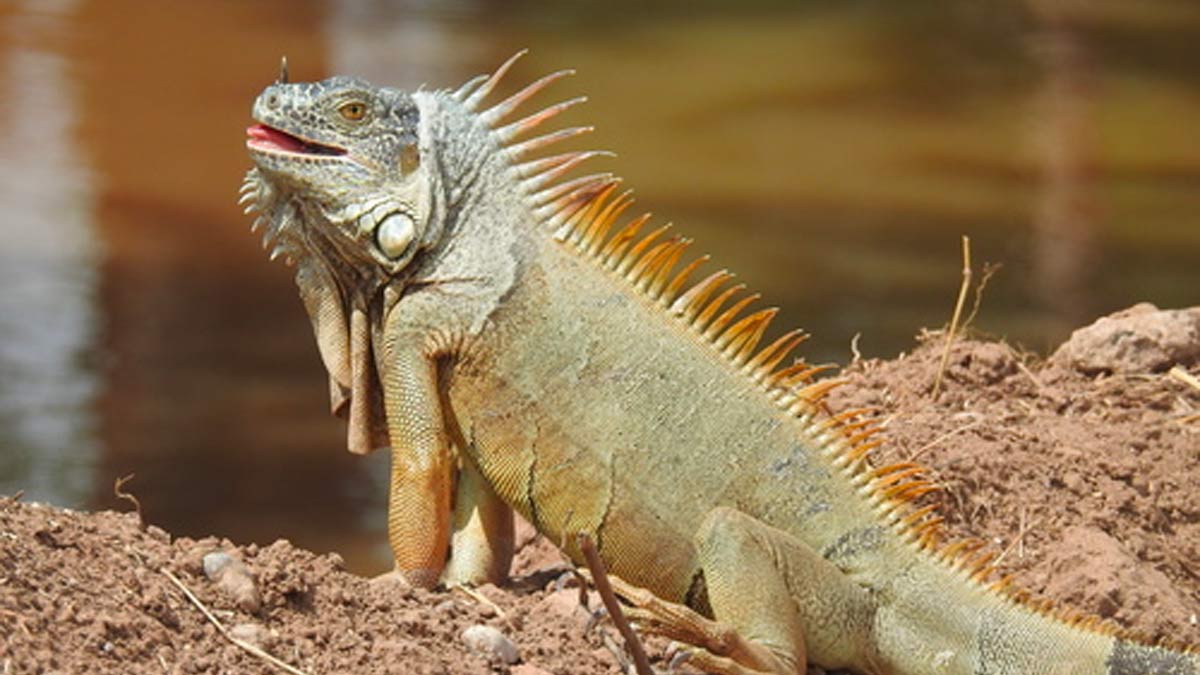
The Iguana Invasion in South Florida
Causes, Impacts, and the Quest for Control
Updated on: January 2024

South Florida is grappling with an unexpected invader: the non-native iguana. Initially introduced as exotic pets and unintentionally set free, these reptiles have found a new home in Florida’s Favorable climate, leading to massive population growth. This surge is significant and the presence of these iguanas presents ecological, economic, and societal challenges. Without proper understanding and intervention, the ripple effects of their presence could further escalate, demanding comprehensive and multifaceted solutions. It’s important to understand the reasons behind their proliferation, the impacts they are generating, and the potential measures to manage this growing issue.
Find What You Need
Origins and Causes of the Iguana Surge
The rise of non-native iguanas in South Florida can be traced back to a mix of human interests and economic forces. Many of these reptiles first entered the region through the pet trade, especially in the 1960s and 1970s, when the allure of exotic pets boomed. Brands like “Exotic Jungle” started importing these creatures, promoting them as low-maintenance pets. Over time, however, pet owners realized that iguanas, especially the Green Iguana, required specialized care and could grow over 5 feet in length. As a result, many were released, intentionally or unintentionally, into the wild.
This uncontrolled release by overwhelmed pet owners provided the catalyst for the rapid expansion of the iguana population. Recent studies estimate a startling growth rate of over 15% annually for these reptiles in South Florida. This exponential growth isn’t uniform across the state and certain habitats are more conducive to their survival and proliferation. Mangrove forests and canal banks, for instance, have become iguana hotspots, providing ample food and nesting opportunities. Coastal areas like Coral Gables and parts of the Florida Keys have reported significant sightings and encounters, indicating a preference for these regions. The adaptability of the iguana to South Florida’s climate and environment, combined with a lack of natural predators, has facilitated their widespread establishment, underscoring the urgency of effective control and management measures.
Take Away
The surge of non-native iguanas in South Florida presents a complex challenge intertwining ecological, economic, and societal concerns. While these reptiles impact biodiversity and local economies, communities demonstrate resilience and adaptability in addressing the issue. Harnessing the power of continuous research and public awareness, combined with collective efforts, South Florida seeks a harmonious balance where humans and iguanas can coexist.
Ecological and Economic Consequences
The infiltration of non-native iguanas into South Florida’s ecosystems has elicited a series of ecological disruptions. These reptiles, primarily herbivores, are voracious feeders. They’ve been found feasting on valuable native plants, stripping vegetation and leading to increased erosion, especially along canal banks. Additionally, their dietary habits mean they compete directly with native herbivores for food, and their fondness for eggs has led to predation on the nests of endangered species, such as the burrowing owl and the American crocodile.
Beyond their ecological footprint, the presence of iguanas also affects the region’s biodiversity. With no natural predators in South Florida, iguanas have an unchecked presence, further pressurizing already endangered species. The Gopher Tortoise, a native species, finds its burrows often commandeered by these invasive reptiles, affecting its survival rates.
From an economic standpoint, the impact of iguanas is palpable. Property damage is a significant concern, with these reptiles undermining sidewalks, seawalls, and foundations with their burrows. The state’s agricultural sector, especially the orchid industry, has reported losses. “Floral Delight Orchids”, a local grower, reported a 20% drop in yield, attributing it to iguana predation. In residential areas, they’ve ravaged gardens and landscaping efforts. The removal efforts also come with a price tag as municipalities have begun hiring professional removal companies like “Iguana Control Inc.” to manage the situation, adding to public expenditure. The combined ecological and economic effects are significant and imply the importance of sustainable control solutions.
Community Engagement and Response
The growing iguana population hasn’t gone unnoticed by South Florida’s residents. In some communities, these reptiles are seen as a mere nuisance with their presence on golf courses or swimming pools. The issue has moved beyond mild inconvenience for many. Homeowners, especially in regions like Boca Raton, are increasingly concerned about property damage, from gnawed plants to undermined infrastructures, leading to a surge in demand for pest control services, with companies like “Reptile Wranglers” experiencing a sharp uptick in calls.
Recognizing the importance of collective action, community associations have begun organizing “Iguana Patrols” — volunteer-driven efforts aimed at monitoring and safely deterring iguanas from private properties. They’re also collaborating with wildlife experts to host workshops on humane iguana deterrence techniques. On a broader scale, organizations like the “Florida Wildlife Federation” have initiated public awareness campaigns. Their “Know the Iguana” program, for instance, distributes informational brochures and organizes community talks, emphasizing the ecological ramifications of the iguana population and encouraging residents to avoid unintentionally providing food or shelter to these reptiles. Such ground-up initiatives suggest the community’s proactive role, combining awareness with action, in addressing the challenges posed by this invasive species.
Measures, Challenges, and Protocols in Addressing the Iguana Invasion
The expansive spread of non-native iguanas has catalyzed the development and deployment of varied control measures from trapping to biological control. Understanding and employing the correct methods is essential in managing their populations.
Trapping and Sterilization
Trapping has become a primary method utilized by residence and professional removal companies, such as “Iguana Busters”, deploy specialized traps that are both humane and efficient. Once captured, iguanas are often euthanized following American Veterinary Medical Association (AVMA) guidelines to ensure a painless process. Another avenue explored is sterilization. Research conducted at the “Florida Environmental Research Institute” has been investigating the potential of reducing iguana numbers by sterilizing dominant males.
Biological Control Methods
Biological control through the introduction of natural predators has its own set of complications. While this might seem like a feasible solution, introducing another non-native species to control iguanas could lead to unforeseen ecological consequences. Hence, such initiatives are approached with caution. Seasonally, control measures are most effective during the cooler months. Iguanas, being cold-blooded reptiles, become lethargic and less mobile in colder temperatures, making them easier to capture.
Humane Regulations
Despite the methods in place, wildlife officials confront multifaceted challenges. The sheer number of iguanas, combined with their rapid breeding cycle, makes population control a daunting task. Additionally, public sentiment varies, with some advocating for humane treatment and others demanding immediate eradication. Navigating these perspectives, officials also work within legal frameworks. In Florida, while iguanas are not protected by any specific wildlife law, cruelty towards them is illegal. This necessitates that any removal or control measure adheres to humane standards. Furthermore, property owners are urged to procure relevant permissions and employ licensed professionals for iguana removal, ensuring both ecological sensitivity and legal compliance.
Wider Implications and Informed Actions
As South Florida grapples with its iguana population issues, broader scientific and ethical inquiries emerge. A study spearheaded by the “Florida Disease Control Center” delved into potential zoonotic diseases carried by these reptiles. One noteworthy finding highlighted that iguanas could be carriers of the Salmonella bacteria, which poses a health risk to both humans and native fauna.
Urbanization and landscape designs in locales such as Miami and Fort Lauderdale inadvertently facilitate iguana proliferation. Man-made canals and water features, popular in South Floridian landscaping, offer ideal habitats for these reptiles. Additionally, ornamental plants often chosen for suburban aesthetics provide abundant food sources. The implications of climate change further complicate matters, with rising temperatures and mild winters, iguanas find it increasingly conducive to breed and thrive in the region, expanding their territorial reach.
Addressing the iguana issue isn’t just about population management but also brings forth ethical dilemmas. The balance between humane control methods and ecological protection remains unspecific. On an international scale, regions like the Galápagos Islands, battling their own invasive species issues, have showcased success with community-driven initiatives and rigorous research. Their model of integrated, science-backed strategies offers a guide for South Florida.
Ongoing research, especially at institutions like the “South Florida Wildlife Study Group”, continually informs and refines control methodologies. By fusing traditional trapping methods with advanced biological interventions and community engagement, research provides a holistic roadmap for a future where humans and iguanas coexist in ecological balance.


